- Empty cart.
- Continue Shopping
Sannangi (Coconut)
Original price was: ₹750.00.₹450.00Current price is: ₹450.00.
Genus : Dwarf
“The Sannangi (Coconut) Plant is a wonderful addition to any garden, offering both aesthetic appeal and the bounty of fresh coconuts. With its tall stature and lush green leaves, it adds a touch of tropical charm to your space. Start growing your own coconuts with this remarkable plant and savor the taste of paradise.”
“Sannangi” is a term that is commonly used to refer to a variety of dwarf or “tall” coconut plants that are typically found in the South Indian state of Kerala. These are local varieties of the Coconut plant (Cocos nucifera) that have specific characteristics and uses. Here is a more detailed description of the Sannangi or Dwarf Coconut plant:
- Physical Appearance: The Sannangi or Dwarf Coconut plant is smaller in size compared to the tall varieties of Coconut plants. It typically grows to a height of about 3-6 meters, with a shorter trunk and a more compact crown of leaves. The leaves are pinnately compound, similar to other varieties of Coconut plants, with shorter leaflets and a smaller overall size.
- Fruit: The fruit of the Sannangi or Dwarf Coconut plant is similar to that of other Coconut plants. It is a large drupe with a tough outer shell that can be brown or green in color, and a fibrous husk surrounding the seed inside. The inner part of the seed is the edible endosperm, which is white and juicy, and is used for making Coconut water and Coconut flesh.
- Uses: The Sannangi or Dwarf Coconut plant is primarily grown for its fruit, which is used for various purposes, such as:
- Food: The endosperm or flesh of the Coconut is used in cooking, baking, and making coconut milk, cream, oil, and flour. Coconut water is a popular refreshing drink and is also used in culinary applications.
- Medicine: Different parts of the Coconut plant, including the Sannangi variety, are used in traditional medicine for their various medicinal properties. The oil extracted from the Coconut is believed to have antioxidant, antimicrobial, and anti-inflammatory properties, and is used in remedies for skin and hair care, as well as for internal health benefits.
- Ornamental: The Sannangi or Dwarf Coconut plant is sometimes grown as an ornamental tree in gardens and landscapes due to its smaller size and attractive appearance.
- Distribution: The Sannangi or Dwarf Coconut plant is typically found in the South Indian state of Kerala, where it is locally grown and cultivated for its fruit and other uses. It is also grown in other parts of India and in some other tropical regions with similar climatic conditions.
- Cultural Significance: The Coconut plant, including the Sannangi or Dwarf variety, holds significant cultural importance in many tropical regions, including Kerala. It is often used in religious and cultural ceremonies, and is considered a symbol of auspiciousness, fertility, and prosperity in local traditions.
In conclusion, the Sannangi or Dwarf Coconut plant is a smaller variety of the Coconut plant that is typically found in Kerala, India. It is primarily grown for its fruit, which is used for various purposes such as food, medicine, and ornamentation, and holds cultural significance in local traditions.

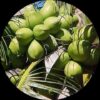


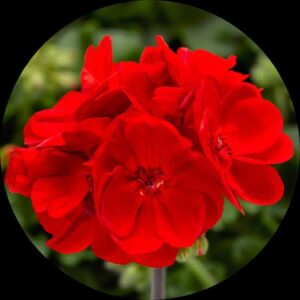
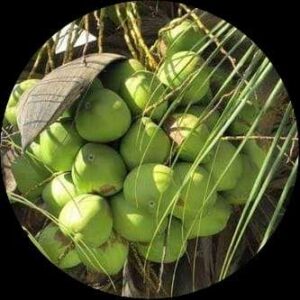
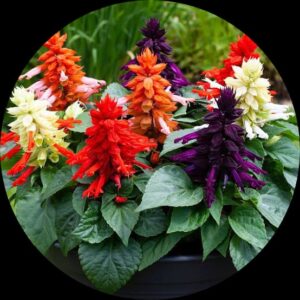
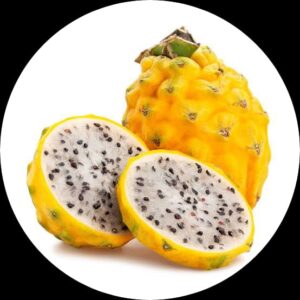
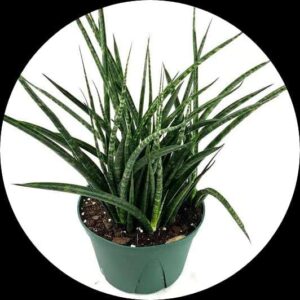

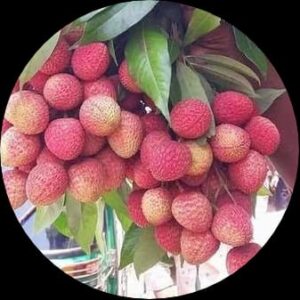

Reviews
There are no reviews yet.